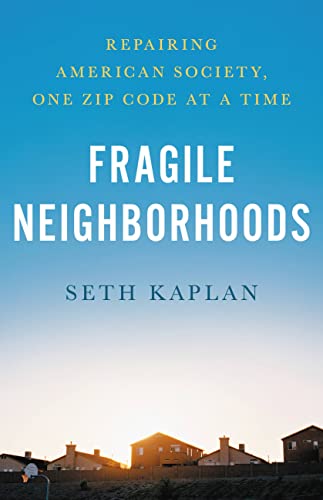What do you think?
Rate this book


271 pages, Kindle Edition
Published October 17, 2023
Q: In Fragile Neighborhoods, you write that while economic poverty is a problem, “social poverty” is just as dangerous (perhaps even more so?). What is “social poverty,” and how does it impact people in the United States?
Mother Teresa once said, “We think sometimes that poverty is only being hungry, naked and homeless. The poverty of being unwanted, unloved and uncared for is the greatest poverty. We must start in our own homes to remedy this kind of poverty.” When social ties are weak, material wealth alone is not enough to protect a society from the risks of social poverty—which is why drug and alcohol abuse, suicide, and mental health struggles are all too common in middle- and upper-class neighborhoods, despite all disposable income that wealthier people enjoy. When our neighborhood social habitat doesn’t provide support structures, it takes a toll on our emotional, psychological, and physical health because our most basic needs aren’t satisfied.
What is social poverty? A lack of support from other people due to weak local institutions, unhelpful social norms, and a lack of robust social connections. In places that are socially impoverished, residents are less likely to receive help with their kids, locate a mentor or helpful contact when they need career help, or find support when they need hand-me-downs or extra cash to get through the month. More broadly, they are less likely to want to let another person know that they are in difficult enough straits to need help. They get stuck, and this yields more anxiety, isolation, and alienation.
Distinguishing between the material and social is essential. So well-off neighborhoods can be socially impoverished and poor neighborhoods can be socially rich. For example, the Amish, Hasidic Jews and enclaves of Somalis, Jamaicans, Vietnamese, and other immigrant groups usually have little material wealth but enjoy strong cultural and familial bonds. These strong social ties help them find jobs, get advice on navigating school or applying for college, and befriend neighbors. People help each other out, come together to manage difficulties, and support each other’s efforts to move upward in society.